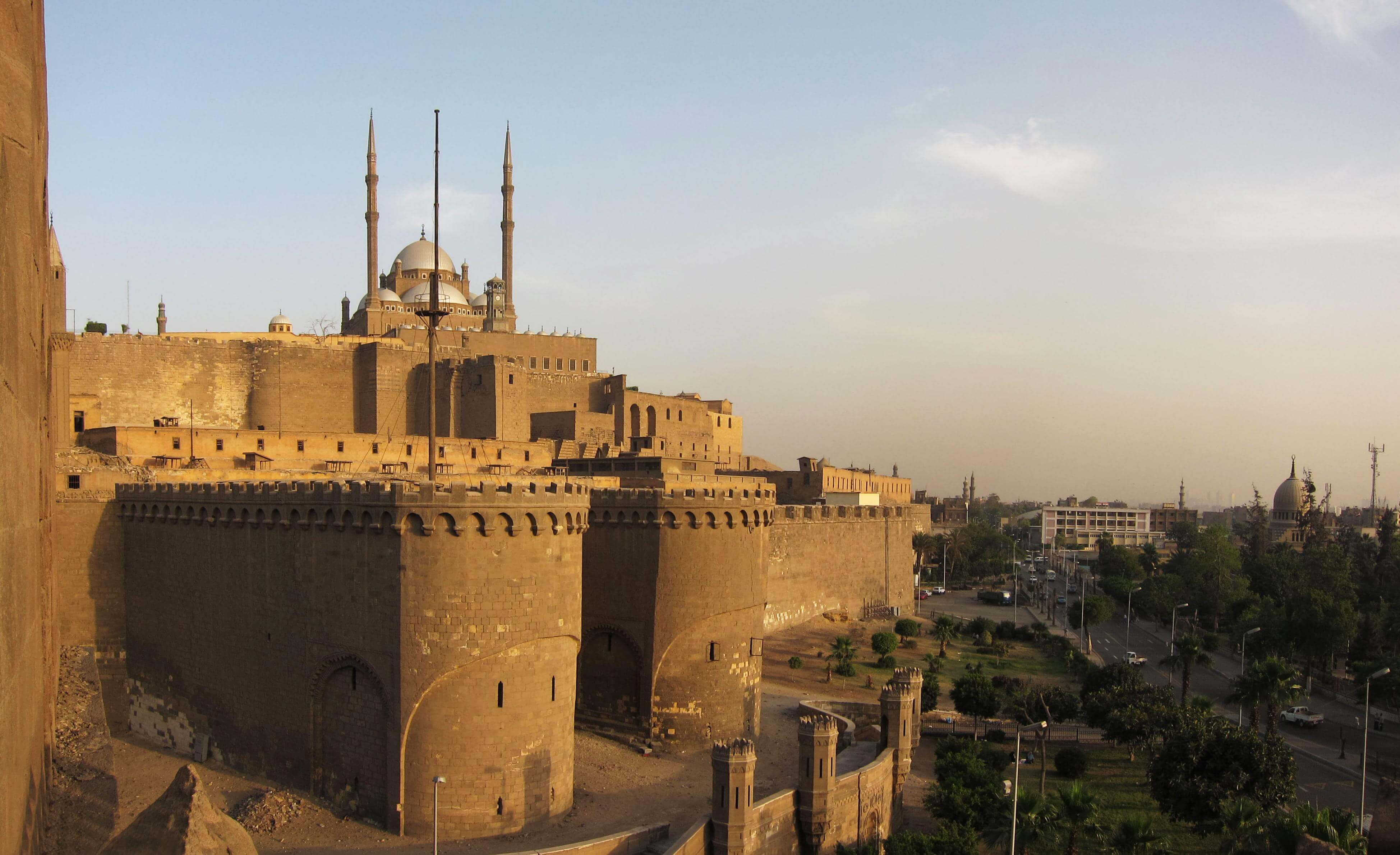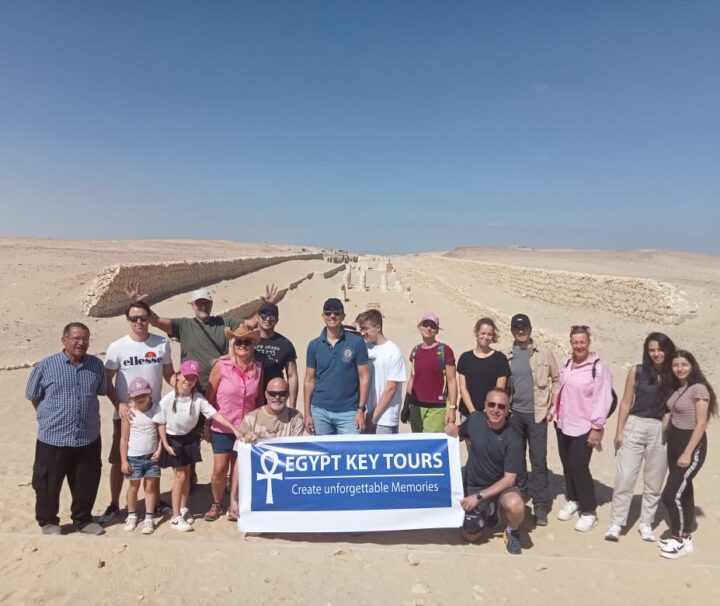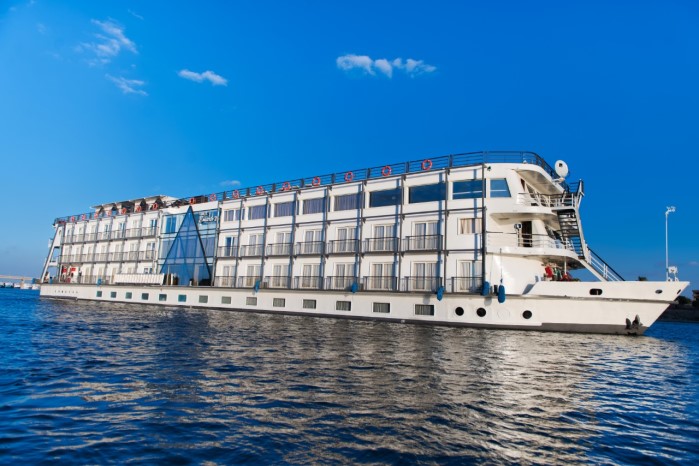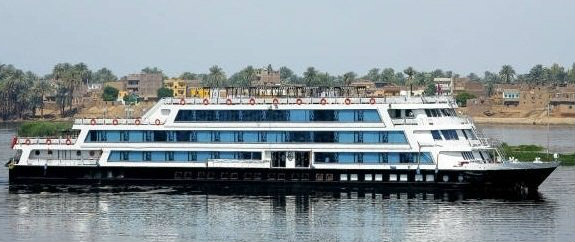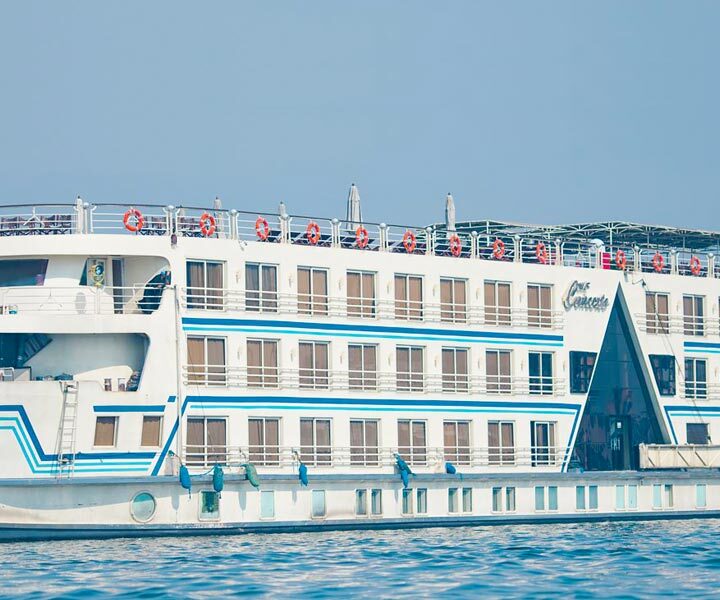Citadel of Saladin
The Saladin Citadel of Cairo is a medieval Islamic fortification in Cairo, Egypt. The location, on Mokattam hill near the center of Cairo, was once famous for its fresh breeze and grand views of the city.
The Citadel dominates the city of Cairo and turns its back to the rocky hills and the desert behind. Founded by Salah al-Din al-Ayyubi (Saladin) in 1176 AD, the Citadel was a sign of the coming of a new regime whose roots were foreign and tastes were military. For almost seven centuries (1206-1874 AD), it was the seat of government for the Ayyubids (1171-1250 AD), Mamluks (1250-1516 AD), Ottomans (1516-1798 AD), and the Muhammad ‘Ali Family (1798-1952 AD), as well as a real and symbolic barrier between the rulers and the ruled. During this long period, it was the stage upon which the history of Egypt was played out.
Today, the Citadel is the most visited Islamic monument in Egypt. Within the enclosure walls are several important buildings that are open to the public, including the famed Mosque of Muhammad Ali (1828-1848 AD), which dominates the skyline of Cairo; the Mosque of Sultan al-Nasir Muhammad (1318); the Mosque of Sulayman Pasha (1528 AD); Gawhara Palace; and several museums.

